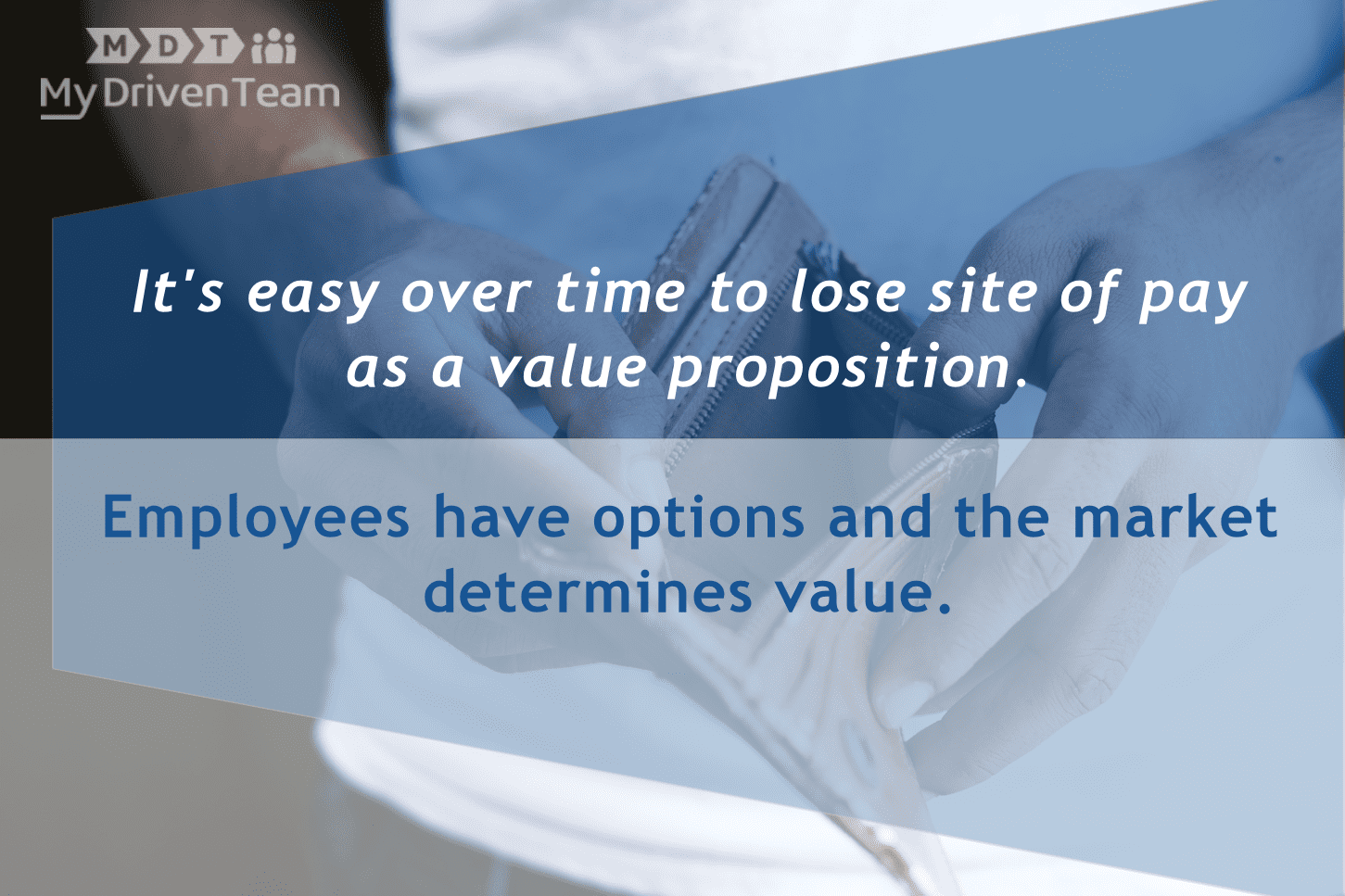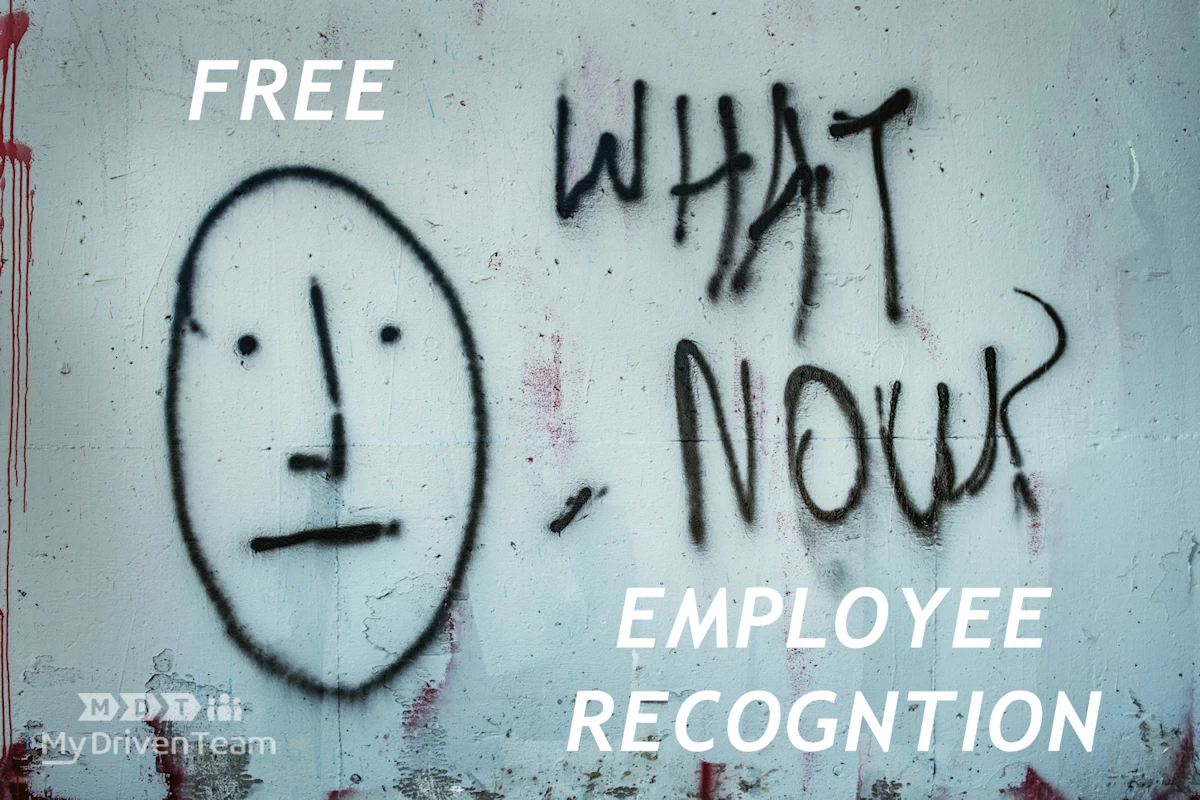
Using a compensation benchmarking tool can really help you gain perspective, whether you’re an organization looking to set fair pay scales for your employees or an individual looking to understand your value in the job market. Choosing the right tool is essential to keep yourself in the know.
Here are the 8 best compensation benchmarking tools in 2022:
- Payscale
- Salary Expert
- SHRM Compensation Data Center
- Figures Compensation Planning
- iMercer
- Salary.com
- Glassdoor
- LinkedIn Salary
In the rest of this article, I will delve into more details for each of these compensation benchmarking tools.
1. Payscale
Salary benchmarking has become an increasingly popular tool in recent years, with economic market expectations booming and compensation packages becoming more transparent between peers. Payscale is keeping itself on the cutting edge of trends, providing its users with real-time, consistent, up-to-date information and analytics regarding pay benchmarks throughout the business world.
Using artificial intelligence and other highly technical software, they can match your needs with tools that allow you to check your current pay grade against current market rates and give you actionable insights regarding your performance in your current position.
If you’re an individual looking to check your pay against your peers or those with similar job titles, Payscale is for you. They compile a vast amount of data personalized to you and your objectives and allows you to track your progress and even ask for promotions and salary upgrades.
Additionally, when using the tool, PayScale takes into account a considerable number of variables when providing you with personalized data, such as the following:
- Geographic location
- User experience
- Career preferences
- Standard of education
On the Human Resources side of things, Payscale has several in-office tools that are great for managing the pay scales of employees. One of these tools is MarketPay, a mechanism that takes all of your pay needs into an easily-managed software. Thankfully, this information can be uploaded by Payscale onto the cloud, giving you full-time access to the data whenever you need it.
The only real downside to Payscale is its user interface. There are some reports that the software is difficult to handle, and it’s also not usable on mobile devices to date.
2. Salary Expert
For both candidates and employers, Salary Expert is perfect. Since 2000, they’ve been collecting, analyzing, and managing data from over 13,000 positions in over 200 countries, putting it all neatly in personalized formats for their clients.
As an individual, you can search for salary data in terms of:
- geographic location
- industry standards
- level of education
- career preferences and much more.
For companies, Salary Expert offers individualized packages that allow you to set salary goals for your employees based on market trends and peer-to-peer analysis, giving you a higher retention rate for your employees. This will enable you to expand your HR system to keep everything as equitable as possible.
One of the great benefits of using Salary Expert is that it’s free to use. If you’re an individual just checking what you’re worth, you don’t have to pay anything to find out. All the information is completely up-to-date and entirely confidential, so you can do your research with the knowledge that your data is safe.
3. SHRM Compensation Data Center
The SHRM Compensation Data Center (the Society for Human Resource Management) is an excellent place to start if you’re a company looking for in-depth information and analysis of pay scales in the current economic market. They know how difficult it can be to stay on top of market trends regarding employee compensation. This is why they’ve created their salary reporting system, allowing you to track and evaluate pay data across over 200 different job markets.
SHRM also uses artificial intelligence to back their data gathering, ensuring that all their information is completely accurate and up-to-date.
Additionally, they use a system called CompAnalyst. CompAnalyst allows companies to track the pay scales of highly-paid employees across specific industries, allowing you to retain your top performers and higher-paid candidates with real-time information and salary structures.
Since SHRM is one of the primary organizations for Human Resources, it is potentially the most trusted and reliable.
4. Figures Compensation Planning
Figures Compensation Planning is slightly different from the other compensation benchmarking tools on this list. It’s an app-based, not web-based, and can quickly be done on any device. The app is easy to use and has a simple user interface, making it one of the more popular compensation benchmarking tools out there.
Figures Compensation Planning takes data from over 26,000 employees and over 350 different companies to create results that give you peace of mind. You can search by job title or position, geographical location, and even the pay level you expect.
There is something for everyone at Figures since they have data on gender equality in market pay scales — so if this is something you’re interested in finding out, Figures is the place for you.
5. iMercer
iMercer is one of the most significant compensation benchmarking organizations on this list, so it has its stuff together. We’re talking on-trend, accurate data, pay equality between genders, strategic planning for Human Resources staff, and pay scales taken from across the world.
You can even use iMercer to create plans and proposals to keep staff retention high. They’ll help you use your resources to maintain and progress your staff salaries in an analyzed program as an organization.
Additionally, as an employer, you can use iMercer to see the potential growth of salaries in your organization, giving you peace of mind and the ability to plan ahead to keep those employees happy.
Since iMercer is primarily a consulting firm for Human Resource companies and organizations, its primary focus is producing data for employers, not employees. However, you can still use the service as an individual.
As an individual looking to see what your job is really worth, you can use iMercer to check your geographical location against the cost of living expenses and average salary, making it easy for you to say yes or no to that job offer.
6. Salary.com
Salary.com is a platform designed to make compensation benchmarking easy. For individuals and employers alike, they provide all kinds of compensation solutions and analytical data trends that give you an advantage. As an employer, you can even use the software to create job advertisements, making use of SEO software and relevant keywords to attract the best candidates out there.
As an individual, Salary.com is great for checking where you are in the job market. If you think you’re not quite getting paid what you should be, you can use their online tool (for free, by the way) to determine where you stand among your peers and competitors.
This software can help you decide if that job offer is right for you, and it can even set the record straight on exactly what you should be getting paid. Don’t ever sell yourself short; just see where you stand in the market and use that information to get a leg up.
7. Glassdoor
Now, this one might seem a bit niche. Glassdoor is not a consulting firm, and neither do they offer real-time statistics for compensation benchmarking. However, they do offer insights on your employees (and employees at similar companies), giving you access to data that will inevitably help you redesign your management strategies — and that includes pay scale.
If you have a number of disgruntled employees grumbling about low pay and lack of progression standards in your organization, Glassdoor will give you this information for free. You can then use this data to compile a compensation package for your employees that works for both parties.
Additionally, as an individual, Glassdoor is an excellent place to see if you’ll be happy at a particular job. You can see other employee reviews, salary scales, and much more on Glassdoor. You can even see the average retention period for every company.
Therefore, if you know you’re worth X amount of money, and the company appears to be paying their employees much lower than that, then you’ll know not to waste your time.
Disclaimer: Glassdoor doesn’t pretend to be a compensation benchmarking company. They’re on this list because they’re an excellent tool for creating valuable data on your company’s success and its employees.
8. LinkedIn Salary
LinkedIn is a platform for working professionals dedicated to their careers, industry, and more. Many higher-paid individuals in different industries have a LinkedIn profile, allowing them to connect with their peers in a way no other platform does.
Therefore, LinkedIn Salary was created with those individuals in mind. With the compensation details of many of its members, this platform can create averaged salary marks for each industry and position.
To use this service, you must first be a member of LinkedIn and have your own profile. This is easy to set up and free to use, so any professional worth their salt should have one. If you don’t, you should: Remember that it enables you to network in a way that no other platform does.
Once you have your profile set up, you can allow them to track your salary, allowing LinkedIn to create informed, average wages for a wide variety of industries. You can search the data to find the information related to your industry and go from there.
Of course, employers can use LinkedIn Salary as well, but remember that it’s not a tool explicitly for Human Resources professionals.
Caveat: The estimates that LinkedIn Salary produces are just that — estimates. If you’re looking for more precise data, you’re better off choosing another compensation benchmarking tool on this list.
What Is a Compensation Benchmarking Tool?
You may have gotten to the end of this list, still wondering exactly what a compensation benchmarking tool is. Don’t fret! It’s a straightforward concept that has enabled employees and employers alike to manage their salary expectations across the board.
A compensation benchmarking tool is a procedure that gathers, evaluates, and produces data on salaries paid across all industries. As an employer, you can see what you should be paying your workers, and as an employee, you can see exactly what you should be asking for.
Using one of these online tools and software isn’t a difficult task, and there are so many ways to go about it. You can either use free software that allows you to see basic data or check the market trends in more detail by paying a subscription fee for a more comprehensive service.
Additionally, there are ways to keep track of your salary progression as you advance throughout your career. These tools help you manage your expectations throughout the process, giving you peace of mind and more confidence. When you know what you’re worth, you’re more likely to get what you want. Confidence is key here, and the possibilities are endless.
Do I Have To Pay for a Compensation Benchmarking Tool?
You don’t have to pay for a compensation benchmarking tool. You can even gather data yourself across several websites and free software to gain the knowledge you need to progress in your career and become a more competitive candidate.
If you want to pay for such a tool, go for it. If you’re a Human Resources professional, you’ll probably benefit from it since it offers you insights you likely won’t get elsewhere.
How Do I Know if I’m Getting Equal Pay?
In the 21st century, there should be no question that everyone should be paid based on what they can bring to the job, regardless of what gender they identify as. Gender equality is hugely important, and getting your fair share means knowing what’s what in the world of work.
You don’t know if you’re getting equal pay unless you do your research. You can ask your colleagues, check out one of the compensation benchmarking tools above, and have a detailed chat with your employer if you have any concerns about equal pay.
Remember that an employer cannot ask you not to discuss salaries with your colleagues. This is a clear violation of federal law, and several states have made it abundantly clear that doing so denotes a lack of transparency in the workplace. If you want to know: ask.
How Do I Use Compensation Benchmarking Data for My Business?
You can use compensation benchmarking data for your business by tracking the salary progress of your employees against their peers in your industry. You can use these tools to amplify recruitment campaigns. You can also learn how to maintain a high employee retention rate is also helpful.
When you use a compensation benchmarking tool for your business, you’re putting yourself on the front line of business professionalism, transparency, and honesty. In doing so, you’re creating a platform on which your employees can trust your salary management plans. It will only help you in competitive markets where salary is everything.
Do Salary Benchmarking Tools Help To Plan Employee Bonuses?
Salary benchmarking tools do help to plan employee bonuses. They can also aid you in creating an adequate benefits system for your employees that gives you ultimate control over your financial expenses as a business while also giving your workers an incentive to stay.
Compensation doesn’t just mean money. It also means giving value for time and effort. Giving your employees adequate time off, financial incentives, extensive benefits, and yearly bonuses will help you create an environment of trust in your company.
What if I’m Getting Paid Under Market Rate?
If you’re getting paid under the market rate, it’s time to have a tough conversation with your employer. You need to know that you’re worth just as much as any other employee, so you are allowed to stand up for yourself.
If your employer doesn’t make changes or acknowledge the pay difference, you can take it from there. You can either choose to leave and work for a competitor or take things up with the Human Resources department at your current place of employment.
If you’re being paid only slightly under the market rate, it shouldn’t be too difficult to convince your employer to give you at least a few benefits to make up for it. However, if you’re getting paid under minimum wage, you should leave the company and report them.
Using More Than One Compensation Benchmarking Tool
While you can choose to use just one tool to match your salary expectations to the current market rate in real-time, sometimes, it’s best to use more than one. This is because data may differ slightly in different places, so using two data sources is helpful if you’re looking for in-depth information.
For example, you can use both LinkedIn Salary and Glassdoor if you’re an individual looking only for your current market salary rate.
Alternatively, suppose you’re an employer looking to gain access to more detailed information about salaries across the board. In that case, you can use both Payscale and Glassdoor to better understand your goals and needed strategies to take the next step.
Sources
- GovDocs: Can Employees Discuss Pay and Salaries?
- Payscale: Compensation: What Does it Mean? What Are the Types?
- US Department of Labor: Minimum Wage
- Zenefits: Your Guide to Compensation Benchmarking
- Contact Recruiter: List of the 12 Best HR Tools to Research Salary
- Payscale: Home
- Getapp: PayScale Suite Reviews
- G2: PayScale Insight Lab Reviews
- Salary Expert: Home
- YouTeam: Where to Find a Benchmark Salary When Hiring Software Engineers in 2022
- SHRM: SHRM Compensation Data Center
- Eddy: HR Encyclopedia: Salary Survey
- Burr Consulting: Thoughts on Compensation Data
- Figures Compensation Planning: Home
- iMercer: Home
- New Mexico State University: Benefits of Conducting a Review
- Salary.com: Home
- StackVantage: Salary.com
- Glassdoor: Talent Analytics 101: How to Interpret Your Data
- LinkedIn: LinkedIn Salary Overview
- LinkedIn: Source and Accuracy of Salary Information on LinkedIn



